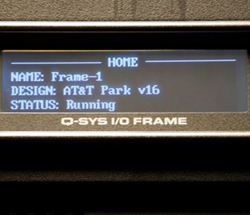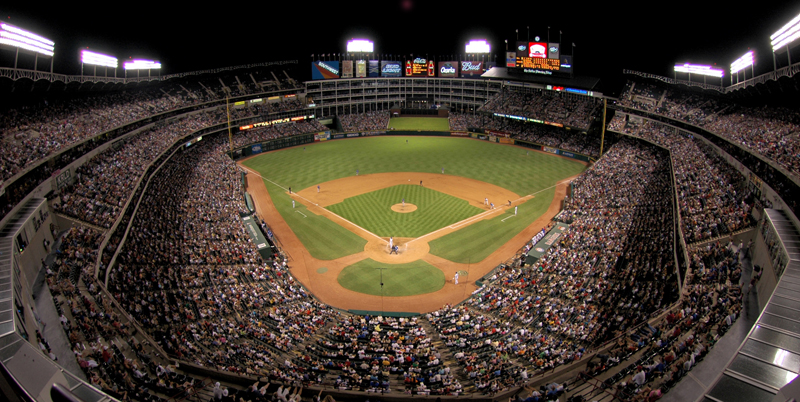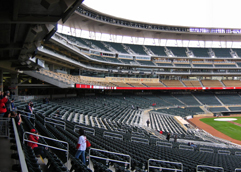
“Also,” he continues, “you have the ability to remotely control these components and verify their performance from the sound booth, and increasingly, from any point in the stadium.”
Add in the fact that we’re increasingly able to distribute this audio and control information via fiber optics, as opposed to copper cabling, which is both improving efficiency and lowering costs.”
Computer modeling of the stadium space to be covered by the system is another key factor, particularly in terms of selecting optimum loudspeaker locations. In some venues this is relatively simple, while in others it is not.
Loudspeaker mounting positions in distributed systems are selected based upon their ability to facilitate reaching the farthest listeners, the nearest listeners and so forth.
The goal is to avoid any condition where a listener close to a loudspeaker is being overwhelmed with sound while it’s also trying to project 100 feet away or more.
After determining where loudspeakers should be positioned, sound designers work closely with the architect to make certain that the proposed design won’t conflict with other building elements. Often things like signage and satellite scoreboards don’t show up on preliminary building plans.
One final differentiating factor between the two approaches resides in the final tuning approach. In a distributed system, it doesn’t take as much sophistication to hang and aim the loudspeakers, and then to optimize their performance within a given zone.
It’s exponentially a much smaller scale, with the primary focus being the tailoring of each smaller zone to sound its best and also making sure sound from one zone doesn’t impact another.
Here’s a look at several stadium sound systems – all distributed – implemented within the past three years.
Note that all of these venues follow a similar physical layout – open air, capacity of 40,000-50,000 with multi-tiered grandstands tracing the shape of the baseball “diamond,” and outfield seating.


